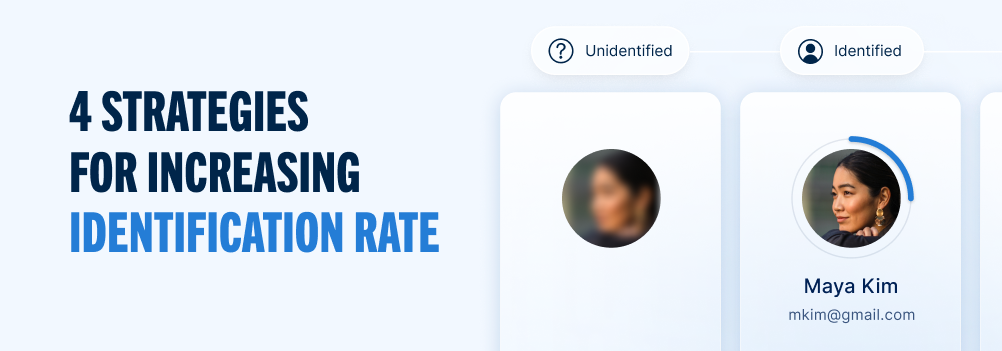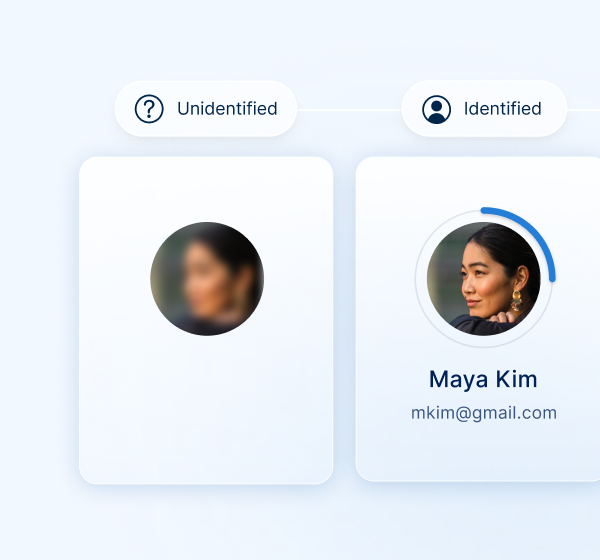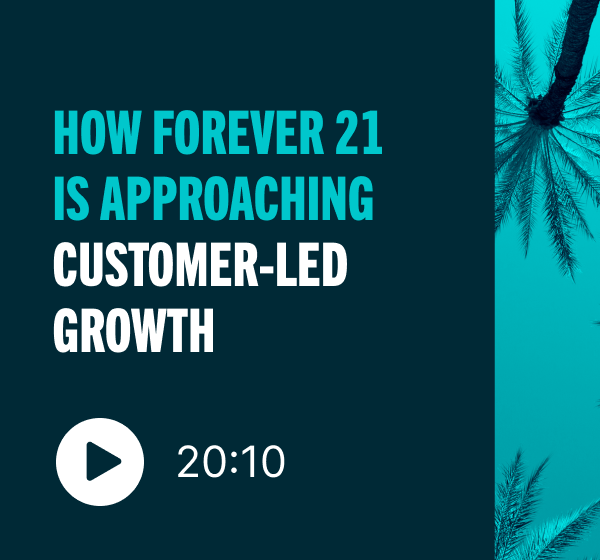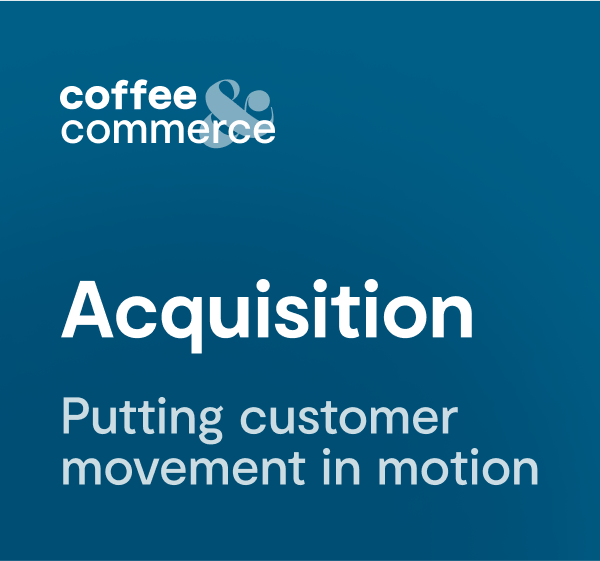

How to Increase Your Identification Rate
Repeat customers are the lifeblood of retail. Bluecore data shows that after someone makes a second purchase, the likelihood that they make a third goes up 95%. Of course, there’s a catch. You can’t nurture those meaningful relationships with your customers unless you know who they are.
Shopper identification is the process of recognizing each individual shopper by addressable identifiers and connecting them to their unique behaviors, preferences, and attributes. This is measured by identification rate, or the percentage of site visitors a retailer can identify by an attribute, such as phone number or email address, and tie back to a unified customer profile.
Identity is the engine that powers customer movement, or the practice of understanding customer value and using signal-based strategies to “move” shoppers through the lifecycle. The more shoppers you can identify, the more you can reach.
This makes increasing your identification rate crucial.
Reach is not just critical for acquisition and driving incremental new customers. It’s also about having more potential shoppers to convert to first-time buyers and eventually, loyalists.
Understanding your identification rate
You can’t increase your identification rate without first understanding what it is — and is not.
Identification is commonly confused with identity resolution. This method reviews past transaction data and combines disparate records into a household for a singular global view of the customer. However, identity resolution lacks context. Because it’s based on historical data, retailers may miss purchase intent and demand signals, limiting timeliness and relevance.
Painting a much more complete picture of a shopper, identity recognition is measured by identification rate.
Retailers should benchmark their identification rates regularly and monitor them regularly. This gives them a frame of reference, while helping them understand the impact of various strategies and tactics. For Bluecore customers, we perform identification audits, which give us a sense of where we can (and should) make improvements to increase identification rates.
There’s no magic number for what your identification rate should be, but there are benefits of a high one. Our 2024 customer growth benchmarks report data shows a strong correlation between identification and retention. Retailers with the highest average identification rates had 53.3% higher repeat purchase rates than average. Meanwhile, retailers whose average identification rates were below 10% saw repeat purchase rates 33.3% lower than average.
4 Ways to increase your identification rate
Without third-party cookies to rely on, retailers will need a full range of online data signals to unlock shopper identification. Only Bluecore offers transparent customer identification that gives you confidence that you know who your customers are — and increases identification rate by up to 70%.
Here’s how.
Grow your list with lead capture campaigns
One way to learn who your shoppers are? Ask them. If they decide to share, you can target them with personalized messaging to engage them wherever they are in the customer lifecycle.
With an Entry Capture campaign, you can use pop-ups, forms, or interactive elements to capture data as soon as a shopper enters your site. It’s important to create multiple modals that differentiate site visitors, rather than showing everyone the same entry capture. That way, you’re not asking for the email address of a shopper who’s already signed up.
Exit Capture works similarly. When someone is idling or browsing your site, or if they’ve added an item to their cart but seem to be moving toward inactive, exit capture is a great way to identify them. Before they leave, you can remind them of the product they’ve engaged with to encourage an email sign-up.
When shoppers are browsing an item that’s out of stock, Notify Me Back in Stock forms allow them to opt-in for email or SMS alerts when the product is replenished. You can recommend similar items in the meantime.
Add JavaScript snippets and purchase pixels to your pages
Bluecore’s proprietary JavaScript snippet powers personalized messaging based on both shopper real-time onsite signals and product catalog data. These small pieces of code track user behaviors before shoppers are even identified, allowing you to start communicating with them onsite immediately. When you add the snippet to every page of your site, we can also monitor product data, such as inventory level, in real-time. With first-party cookies and local storage sync, this data is collected in a unified customer profile for every visitor.
On the confirmation page specifically, you can also add Bluecore’s purchase pixel to enhance tracking accuracy. The purchase pixel captures order details like order ID, email address, order total, and products purchased. This gives you a much deeper understanding of your customer — what they already have, and what they may still need — to continue engaging them.
Fill in the blanks with email appends
All major ESPs provide support for email appends, which is the practice of adding a shopper identifier to URLs in your other ESPs’ sends. Linking that shopper’s onsite behavior to an email address, you can round out the customer profile.
Email appends contribute to 80% of customer identifications during the Bluecore implementation period. In addition to increasing identification rates, email appends have helped Bluecore customers drive 55.77% more revenue.
Integrate with a first-party identification network
Identification networks consist of various brands and publishers contributing data across devices, augmenting that data against a larger identification graph. This approach enables you to cross-reference shopper information, fill in missing details, and deepen behavior recognition.
The best identification networks are transparent, informing every participant exactly how and where their data is being used. You can keep track of your proprietary data while limiting data sharing, which siloes your contributed first-party data and keeps competitors from leveraging it.
Bluecore’s Transparent ID Network is a key component of our overall Transparent ID offering, which also includes ID capture, reporting, and strategy. Consisting of more than 900 million email addresses and 10 billion daily shopper events, the network allows retailers to identify more shoppers — fast.
Within 24 hours of launching Bluecore’s Transparent ID Network, retailers have increased their identification rates within 24 hours.
The network also helps retailers understand the performance of all traffic, and develop complete shopper profiles that improve incremental sales and conversions. This applies to both newly identified and re-identified shoppers, who may have switched devices or cleared cookies.
Talk to us about how to increase your identification rate.





